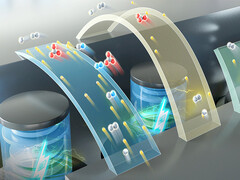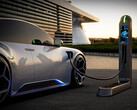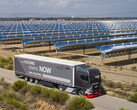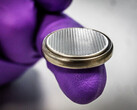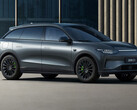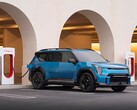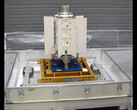Lithium-ion batteries owe their high energy density and life-span to an organic electrolyte. However, it is very flammable and acts like a fire accelerant if it leaks after a collision with an electric car, for example.
With an aqueous electrolyte, this source of danger could be eliminated. Only some of the materials used would still be problematic if they were to catch fire. However, this also applies to lithium batteries.
So far, however, water-based batteries have not been able to achieve sufficiently high voltages or an acceptable energy density to even be considered for mobile use. After all, this is precisely when their low flammability would be a major advantage.
The Dalian Institute for Chemical Physics in China has now presented such a battery cell with suitable properties. According to the study, published at in Nature Energy, an energy density of 1,200 watt hours per liter has been achieved, while the voltage is also within a practicable range.
The value should correspond to around 600 watt hours per kilogram, which would be equivalent to the best industrially manufactured lithium-ion batteries currently available. In laboratory tests, however, significantly higher outputs can be achieved in some cases than in later series production.
Nevertheless, based on this, it should be possible to achieve a reasonable performance for electromobility in practice. This was achieved through a reversible multi-electron transfer with both negatively charged iodine ions and iodine(V) oxide ions as well as additional bromine ions, which together provide the energy density.
With a suitable anode made of vanadium, a very common element, around 1,000 charging cycles should also be achievable. There are even estimates for later series production. The costs should be in the range of current lithium-ion batteries.




